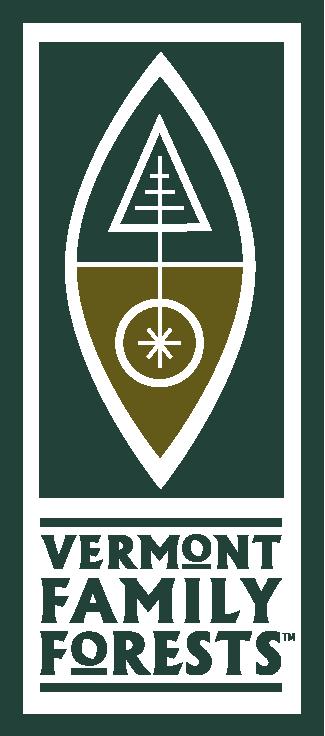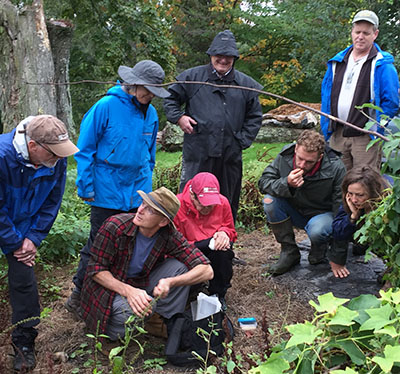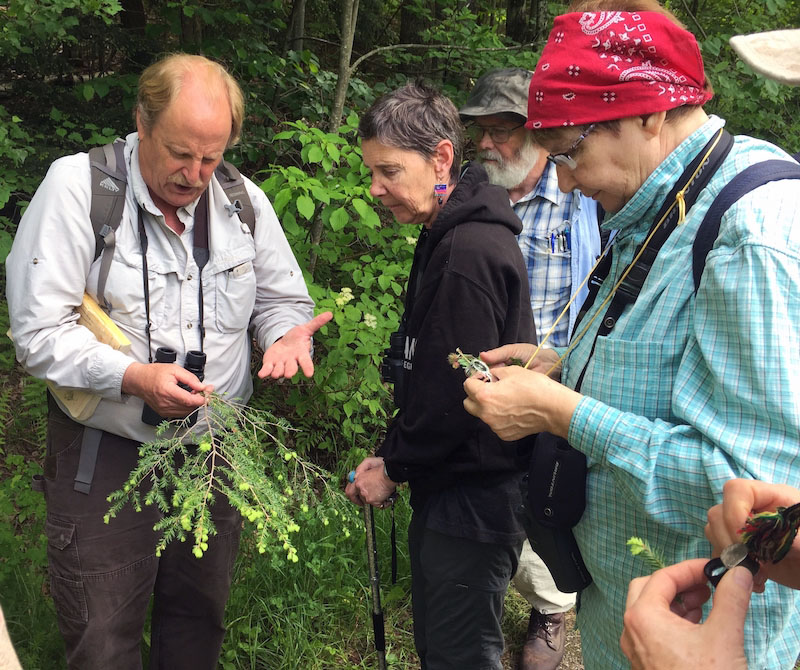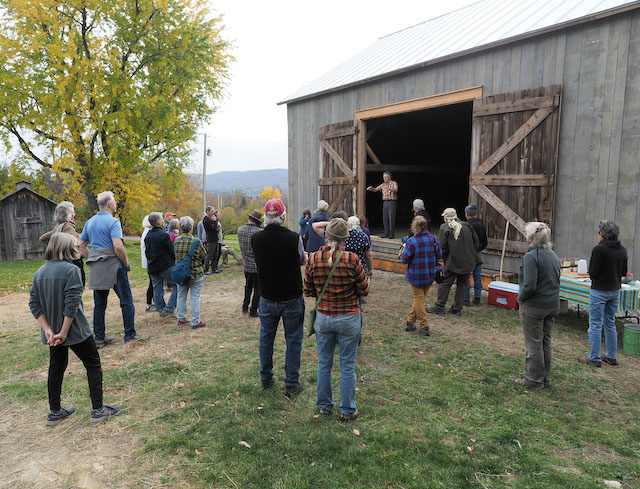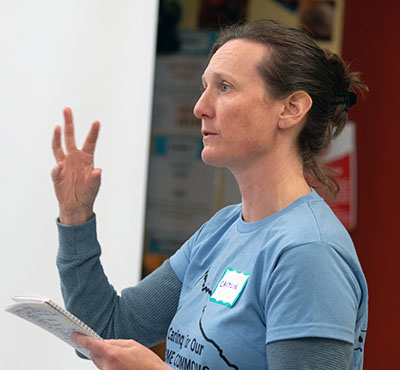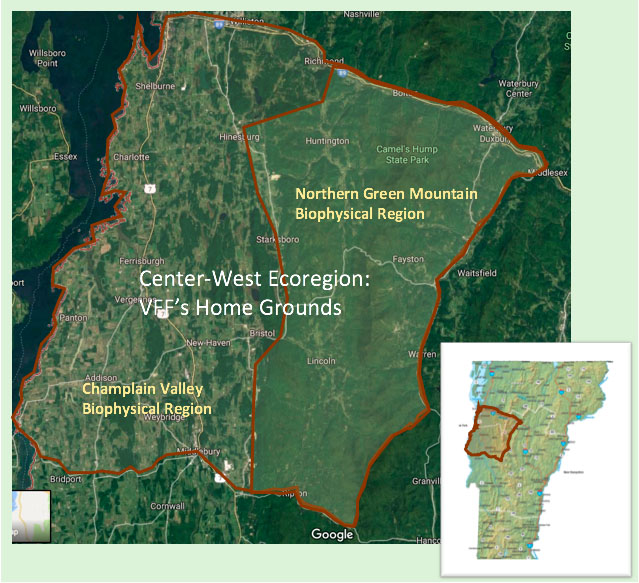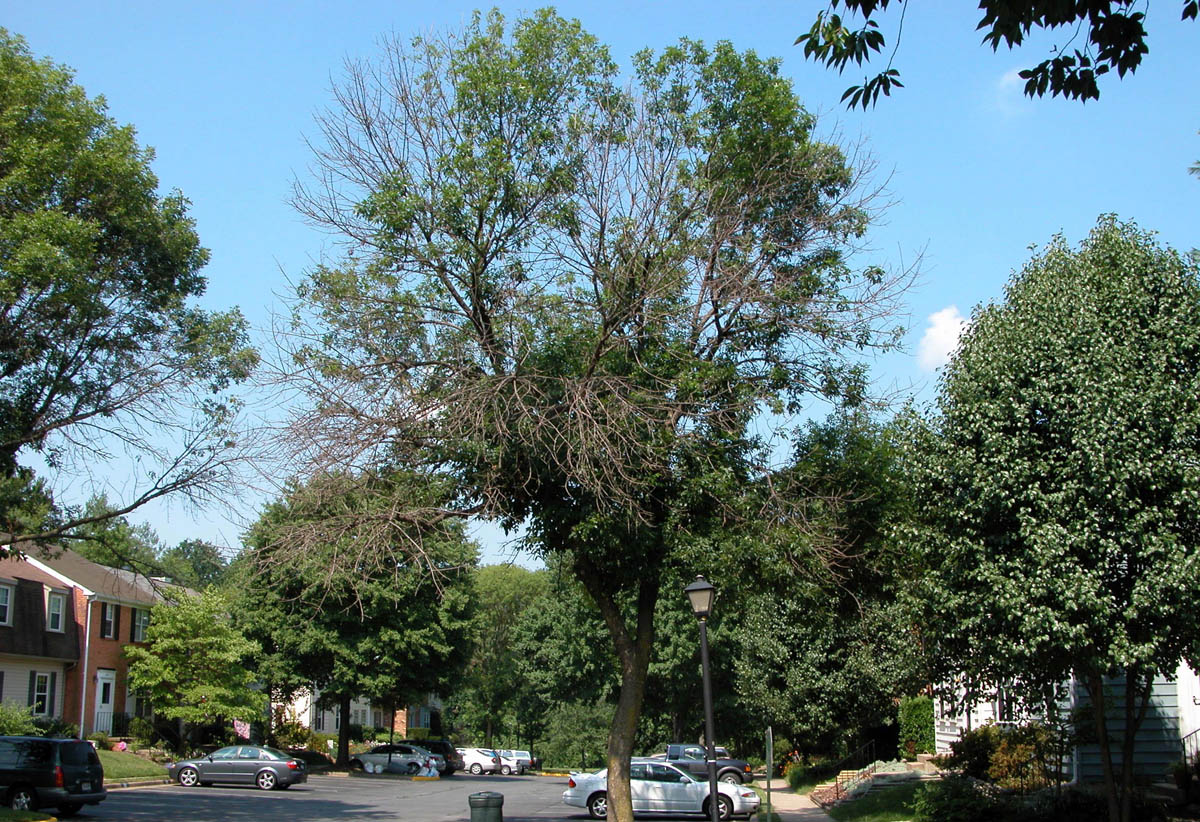
by Sandra Murphy
Last Thursday, among the stream of emails that flowed through the Vermont Family Forests email box was a newsletter from the Vermont Department of Forests Parks and Recreation. Without fanfare, the newsletter’s first item began, “There has been a new detection of Emerald Ash Borer (EAB) in Bristol, Vermont.”
I wasn’t prepared for the blow of those words. Bristol, my hometown. That couldn’t be. If it were true, the announcement wouldn’t be so passive. So bloodless. So matter-of-fact. The ash trees. My neighbors. Tens of thousands of them within the town of Bristol alone. An estimated 150 million across the state.
I prepared a Facebook post to share the news, posted it, then deleted it. Maybe I misread the email. Maybe it was actually a mistake. I re-opened and re-read the email, not once, but three or four times. I clicked the link to the state’s emerald ash borer infestation map, which showed a big red pox over Bristol, along with a cluster of welts in Orange and Washington counties and in Grand Isle and Bennington counties.

I reposted the announcement on Facebook, along with a photo that draws the eye up the wide trunk of a mature white ash, with the nubby tweed of its neatly furrowed bark rising to a burst of gray-brown branches and the latticework of compound leaves against blue sky. Just four lines long, the post took me a long time to write. Do I mention that the expected mortality is more than 99%? How can people bear that, along with all the other grim news of the day? What is the most important thing to say?
In the end, I did include that statistic, along with the encouragement to get out in the woods and tune in to ash trees. Know what we’re losing. Appreciate them fully while they’re here.
For me, tuning into white ash is relatively easy—about 90 percent of Vermont’s ash trees are white ash, and its tidy fissured gray bark stands out from other hardwoods and makes it recognizable in upland forests any time of year. Growing in wetter sites, green and black ash are a lot less abundant, and my untrained eye doesn’t pick them out so easily. Since many Vermont cities and towns planted green ash in parks and greenbelts, it’s a common—if not commonly recognized—member of our neighborhoods.
What are we losing? While, overall, ash trees comprise about 5% of Vermont’s trees, they are a primary member of rich northern hardwood forest communities, and, in places, they account for more than half the trees on a given site. Research studies have illuminated some of the complex interrelationships among ash trees and other forest community members.

According to a 2009 study, some 282 species of native insects and spiders feed on ash trees. At least 43 of those species depend fully on ash, including such species as ash flower gall mite (Aceria fraxiniflora), black-headed ash sawfly (Tethida barda), eastern ash bark beetle (Hylesinus aculeatus), and banded ash clearwing moth (Podosesia aureocincta). That means that their fate is entwined with that of ash trees. Insectivorous songbirds, in turn, eat these insects, and feed them to their young. Black ash trees tolerate wet soil, so grow in moist bottomlands where they help stabilize soils and buffer against flooding. Though green ash, too, naturally grows in wet bottomlands, its adaptability and lovely form made it a favored planting in many Vermont towns and cities, which will lose a source of beauty and shade.
Beyond beauty, beyond the ecological importance of ash, is the ash tree’s uniquely glorious wood. Strong, flexible, beautifully grained. Remarkably low in moisture, even when green—what other wood can you cut and then burn right away if need be? Every year since the community gathering began in the early 2000s, fresh-cut white ash wood has warmed Bristol’s winter solstice gathering on the banks of The Watershed Center’s Norton Brook Reservoir.

I got to know white ash wood intimately when I carved a spoon for my sister Paula when her town cut a massive white ash in her front yard to widen the road. What a joy to carve the buttery, boldly grained wood.
I also enjoy making baskets, and ever since I first saw a basket maker pounding a black ash log to release the wood along its growth rings and create long, pliable splints for basket making, I’ve looked forward to getting to know them in that way some day. Suddenly, the door is closing on that open-ended possibility. For Vermont’s Abenaki basketmakers, the loss of black ash will mark the end of an age-old intimacy, craft, and livelihood.
A look at the tsunami of emerald ash borer destruction across the northeastern portion of our country since the insect was first discovered in Michigan in 2002 shows that few ash trees will survive this infestation. Sometime in the future, resistance may emerge from the ash trees that do survive, and their seeds may sow a new generation of ash, but the present-day reality is that the ash trees we now know and love will soon be dying all across Vermonts forests and communities.
Of course there will be bright spots in this transformation. The many wildlife species that depend on snags will find new habitat in ash trees that are left uncut in the woods. Vermont’s astoundingly resilient forests have adapted to the loss of other tree species–I’ve read that ash itself increased in abundance in Vermont in response to the loss of American elm.
And yet, at a time of intensely bleak news about the frayed fabric of life on our planet, the loss of a trio of tree species here at home–three vibrant threads in our local ecological tapestry–is hard to bear. The response that makes the most sense for me is the one we aim for every day at Vermont Family Forests: To take care of this place we call home to the very best of our ability. To do what we can to keep forest soil healthy and in place and out of waterways, so it can anchor and nourish the plants that perform the every-day wizardry of converting carbon dioxide, water, and sunlight into the food and oxygen that sustain us. To carefully consider, before asking what we can take from the forest, what we need to leave behind to maintain the forest community’s health and resiliency.
There’s much to be done here at home to take care of the land more skillfully than ever, and it will require the diverse knowledge and skillsets of our whole community. It’s time to dig in. On September 21, VFF will be hosting a day-long gathering, CARING FOR OUR HOME GROUNDS: A Commons Conservation Congress for Vermont’s Center-West Ecoregion, to explore what that digging-in looks like here at home. Join us.
